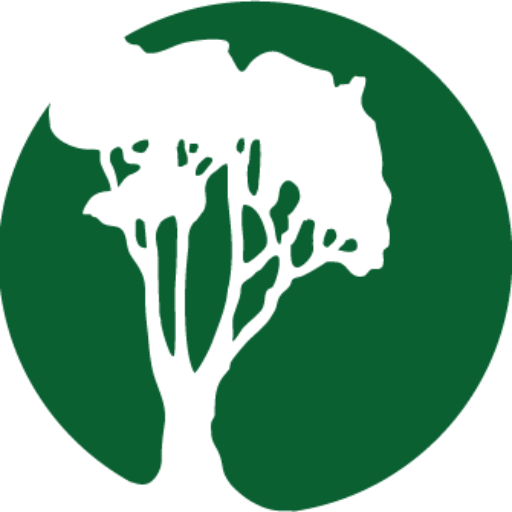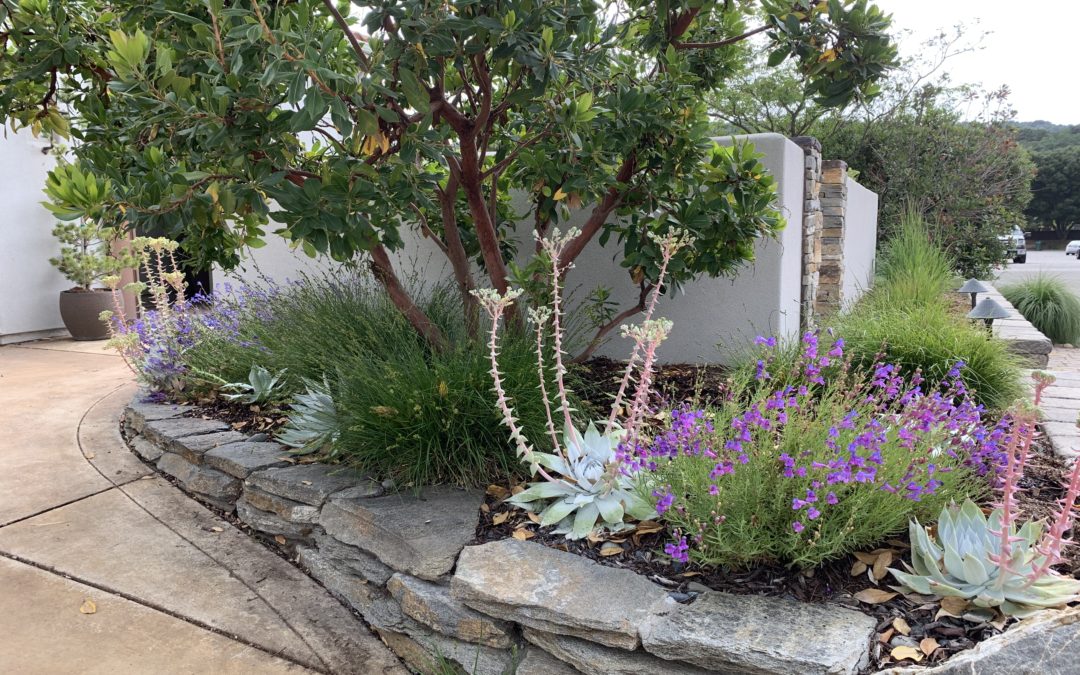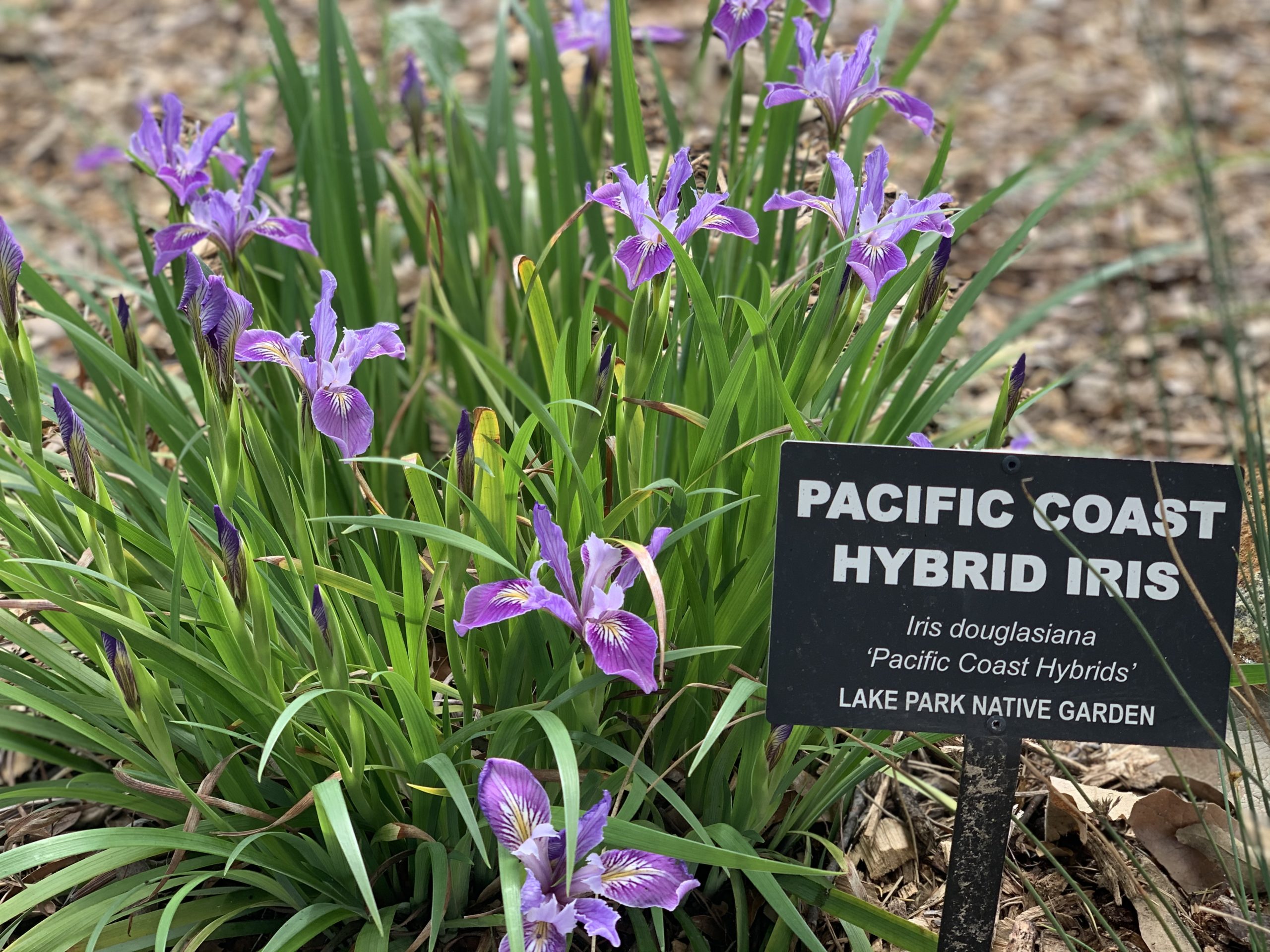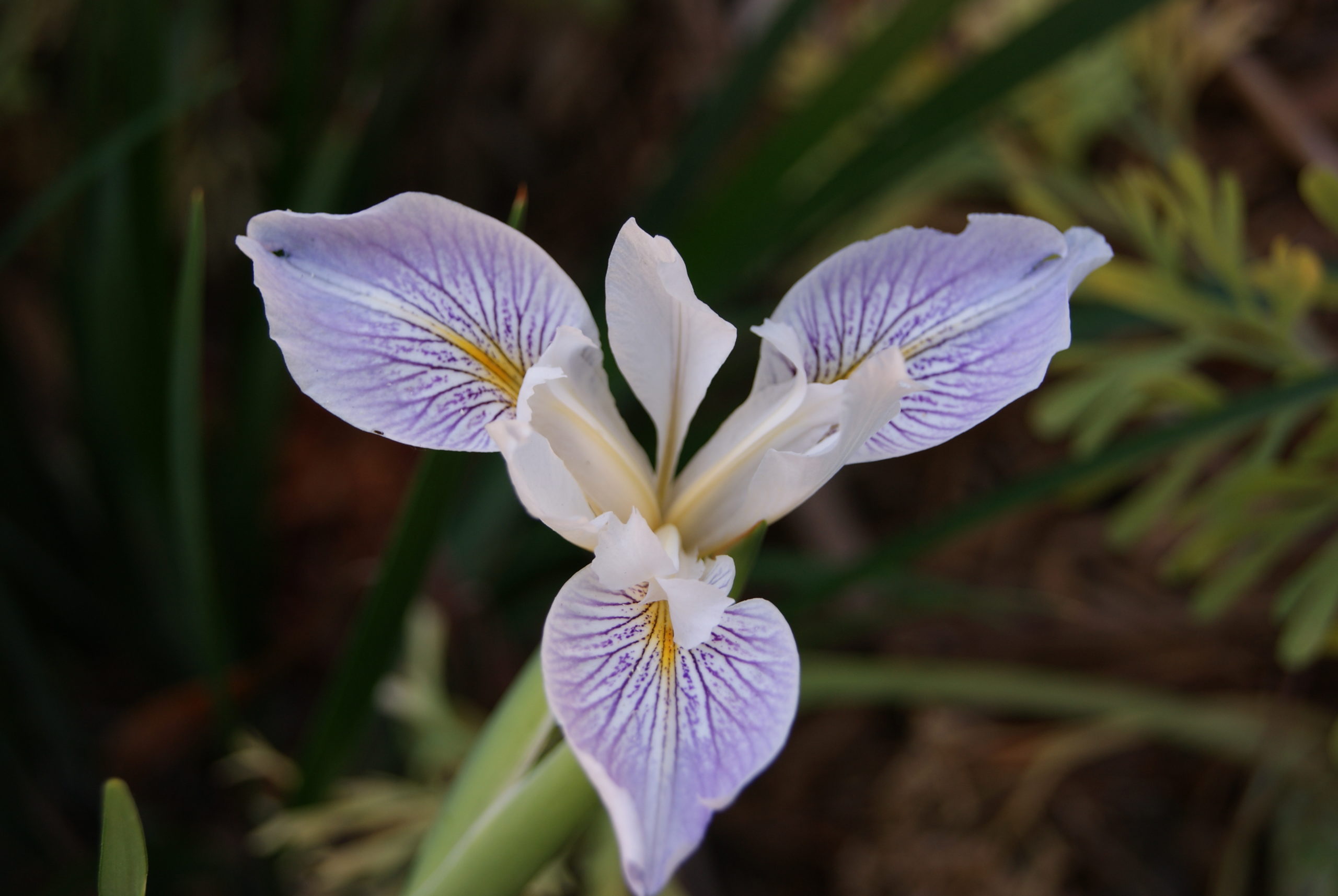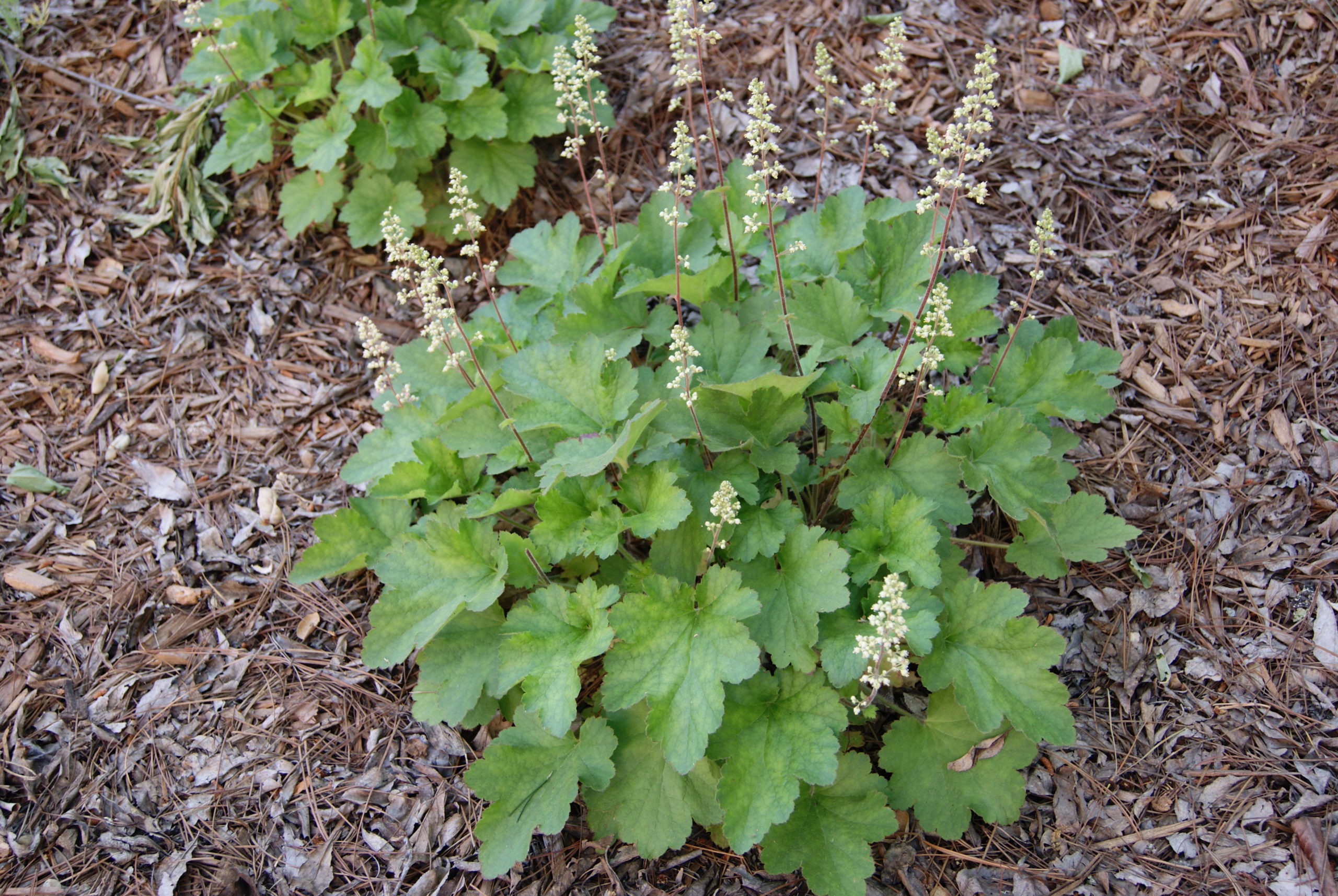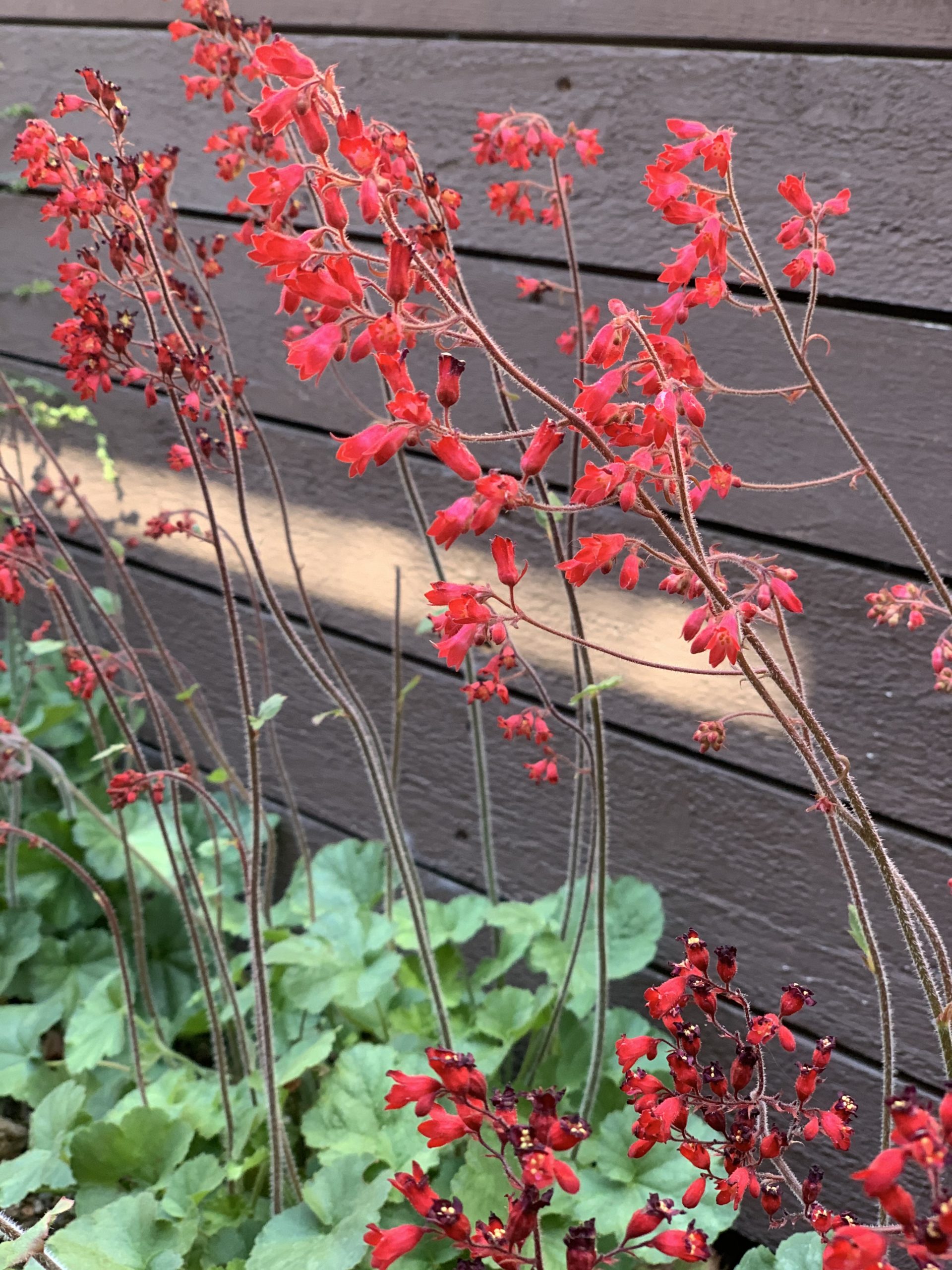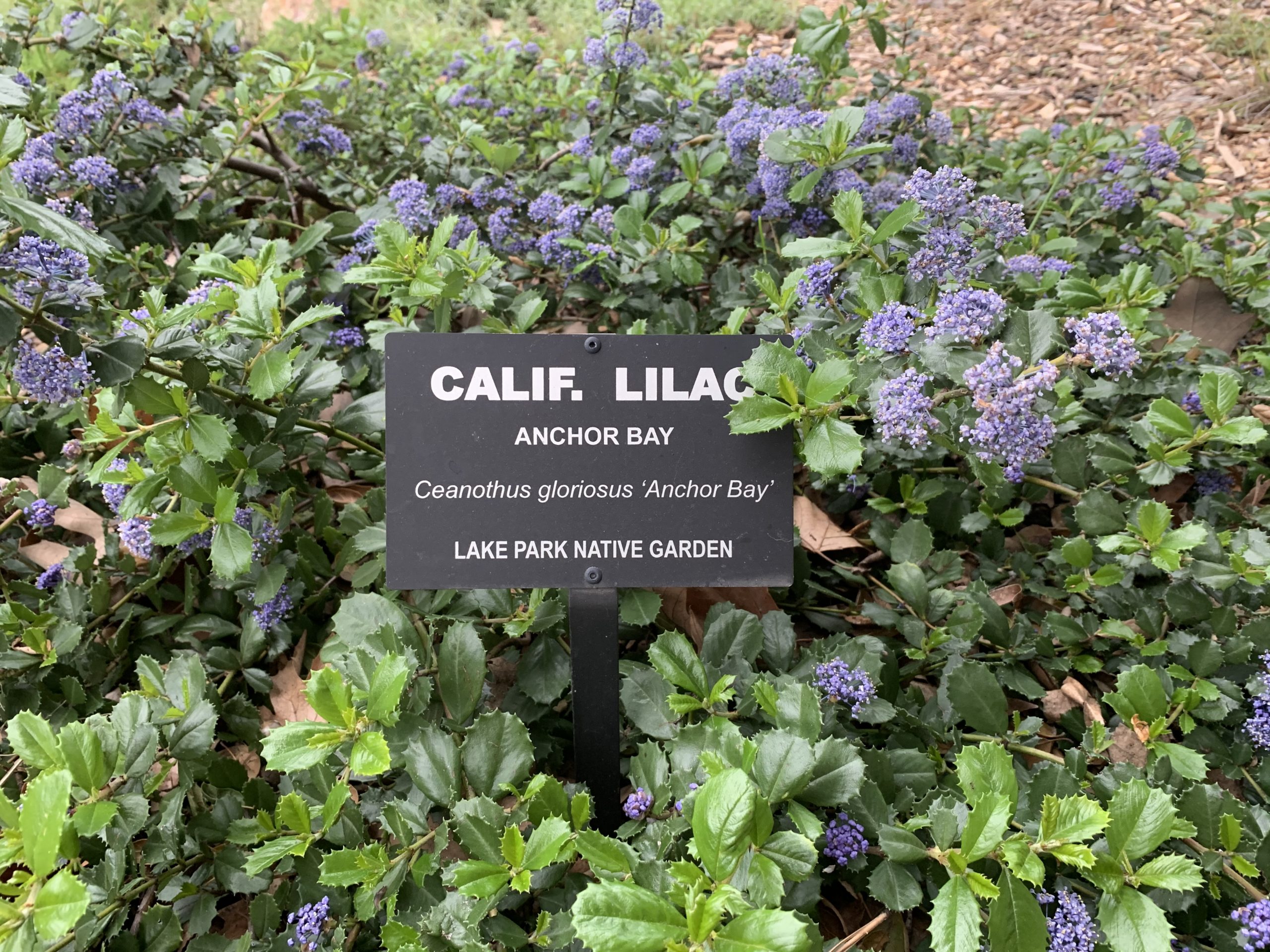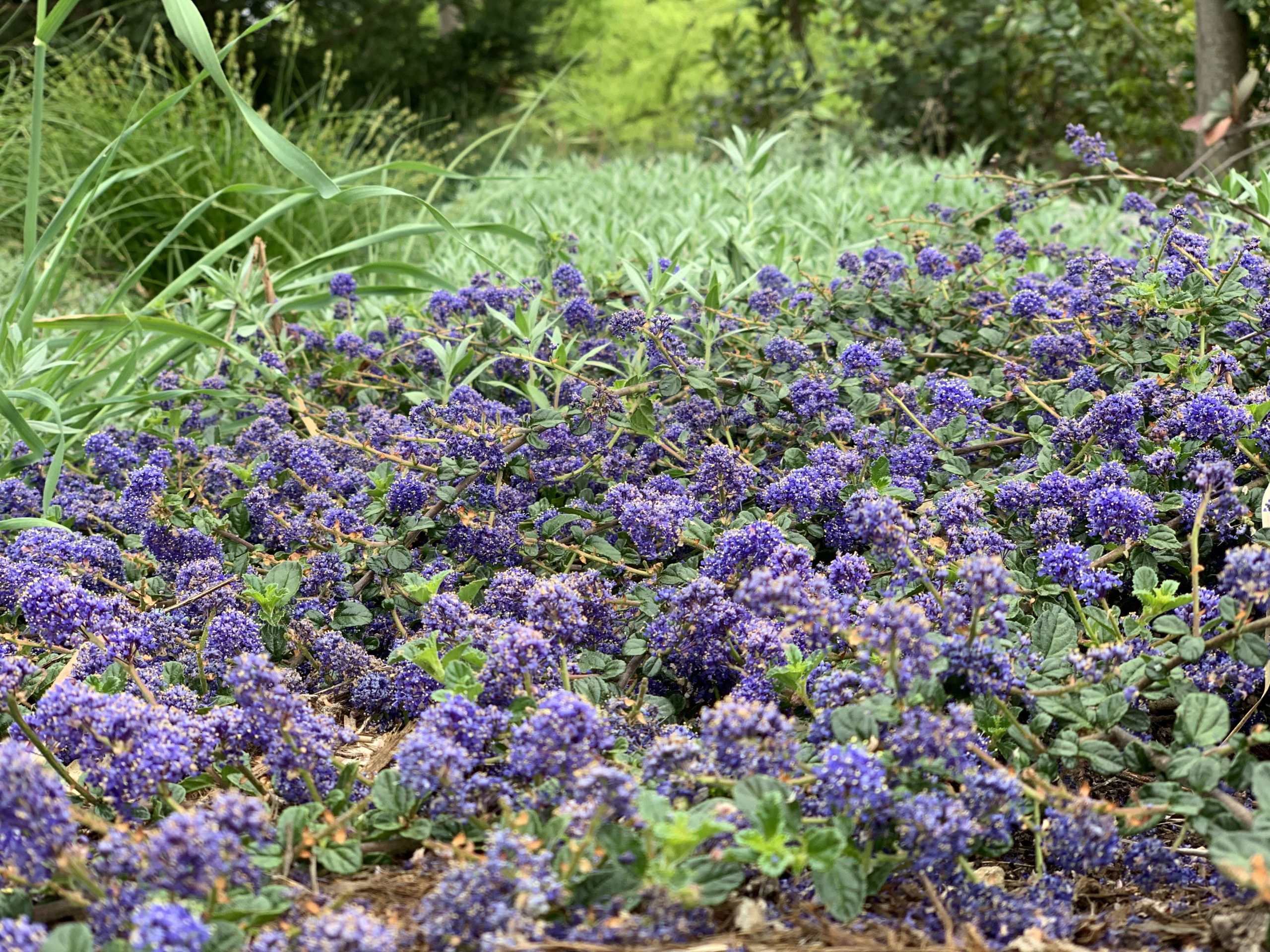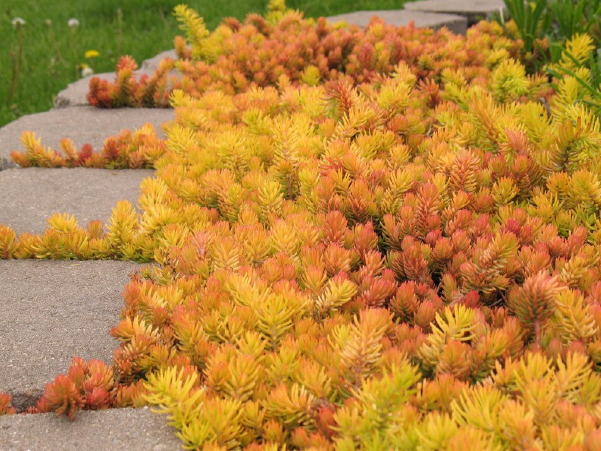
Vibrant Autumn Landscapes in California’s Central Coast
Autumn Brilliance: Elevate Your Central Coast Landscape with Seasonal Color
Embrace the cooler season on the Central Coast with a vibrant autumn landscape. The shift to fall brings a flourish of foliage that turns your garden into a canvas of warm colors. Madrone Landscape specializes in plants that promise a vivid display as the temperatures drop. Let’s explore our top picks that guarantee a vibrant autumn landscape.
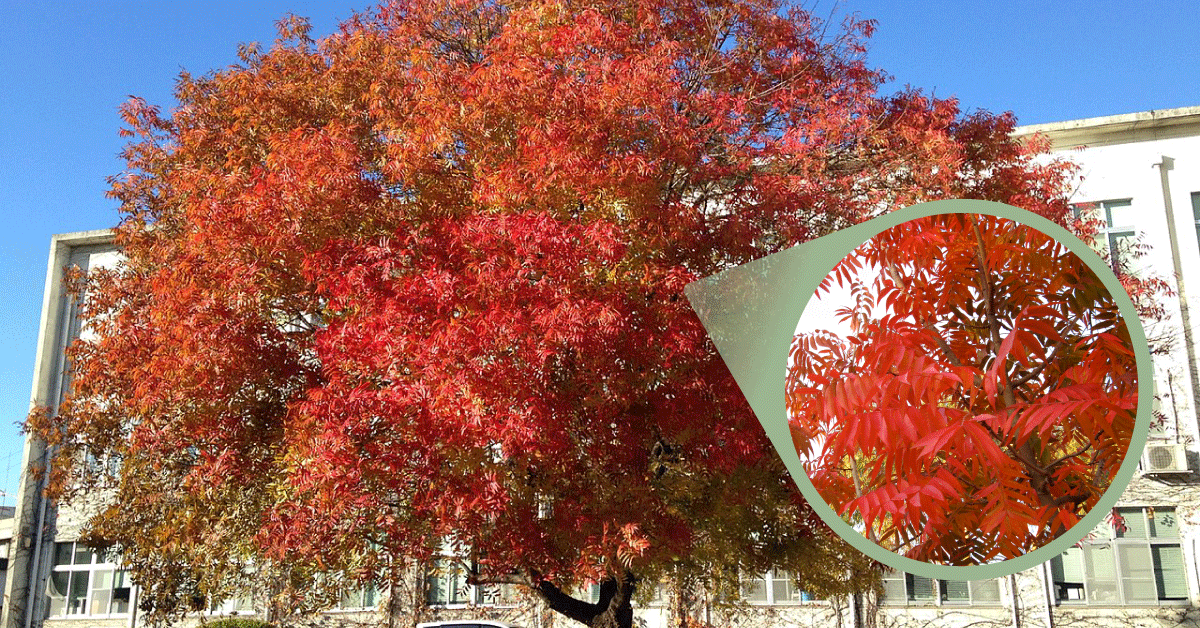
Chinese Pistache (Pistacia chinensis)
Thriving in sunny spots, the Chinese Pistache shines with drought-resistant qualities. As temperatures dip, its foliage erupts into a fiery blend of orange and red hues. The tree’s October berries are a gift to the local wildlife, while its balanced, symmetrical form makes for an exquisite focal point in any garden.
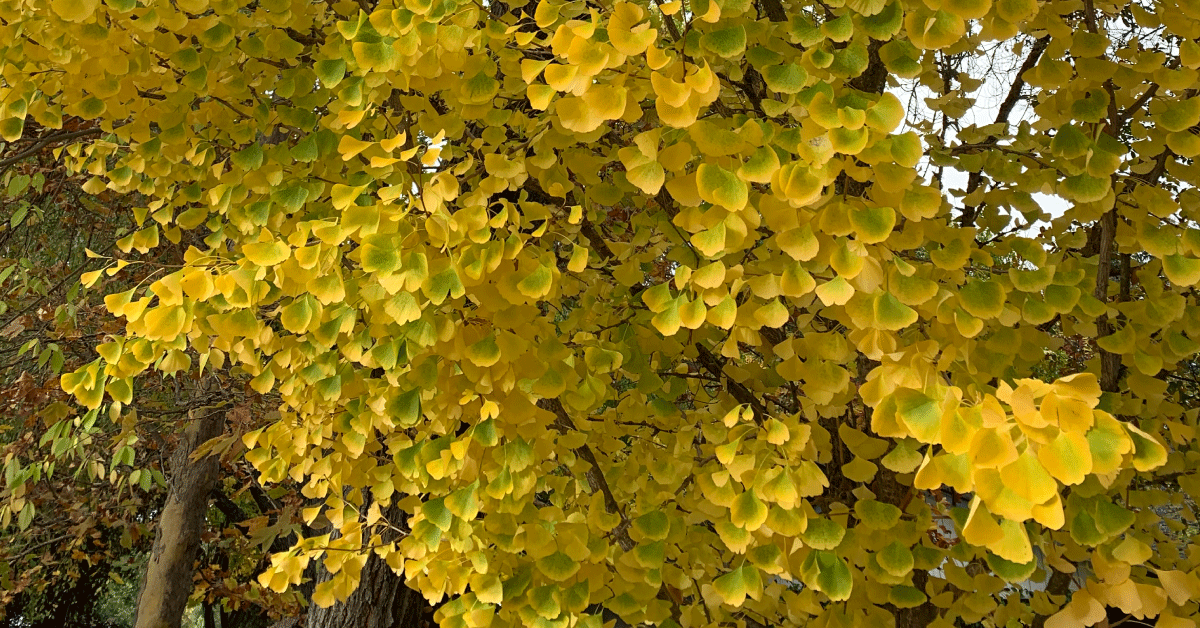
Maidenhair Tree (Ginkgo biloba “Autumn Gold”)
With fan-shaped leaves that turn a luminous yellow, the Ginkgo biloba “Autumn Gold” becomes the highlight of a vibrant autumn landscape. This tree’s golden foliage creates a stunning contrast, especially when paired with the fiery backdrop of other autumnal shades.
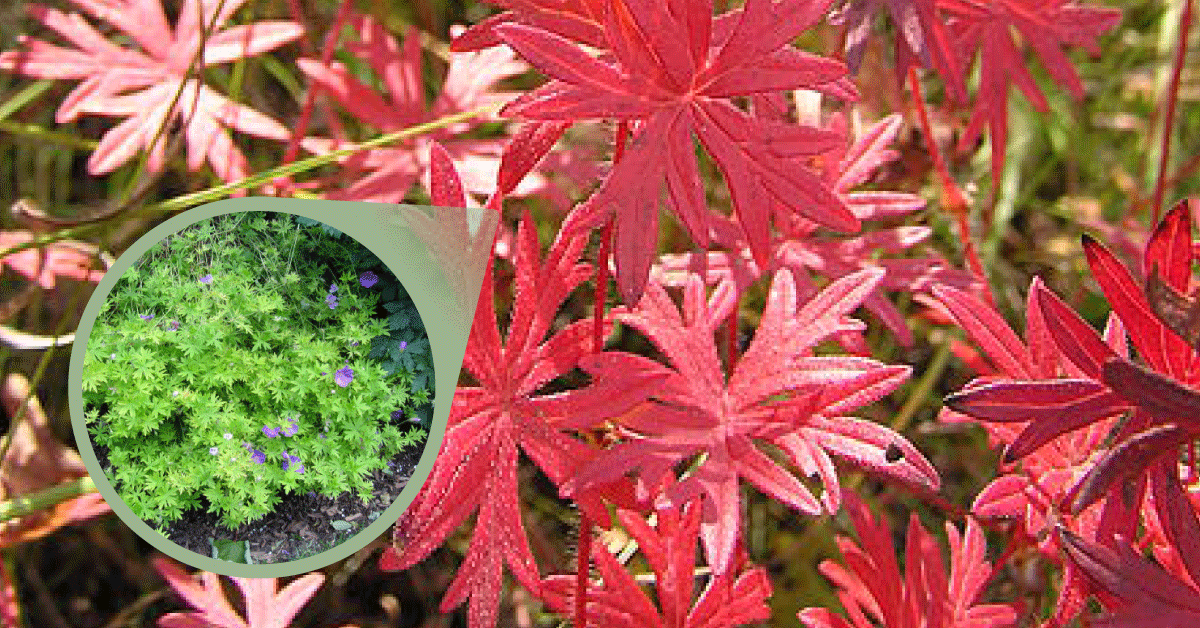
Bloody Geranium (Geranium sanguineum)
Beyond its vibrant magenta blooms in the warmer months, the Bloody Geranium’s foliage takes on a crimson coloration in fall, living up to its name. Its delightful leaf shape offers a bushy accent or a sprawling ground cover that keeps your garden lively through the seasons.
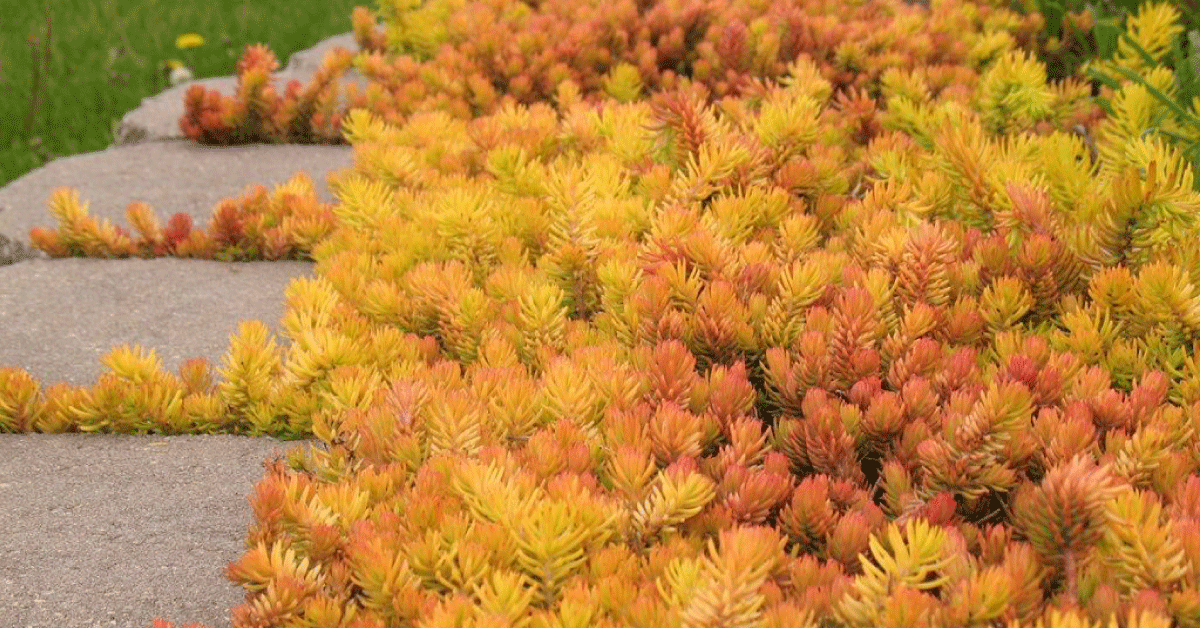
Golden Stonecrop (Sedum reflexum “Angelina”)
This resilient succulent maintains a sunny disposition year-round, which intensifies into a rich gold with the chill of fall. Ideal for rocky soils, Golden Stonecrop is a fuss-free choice that keeps gardens bright and weed-free.
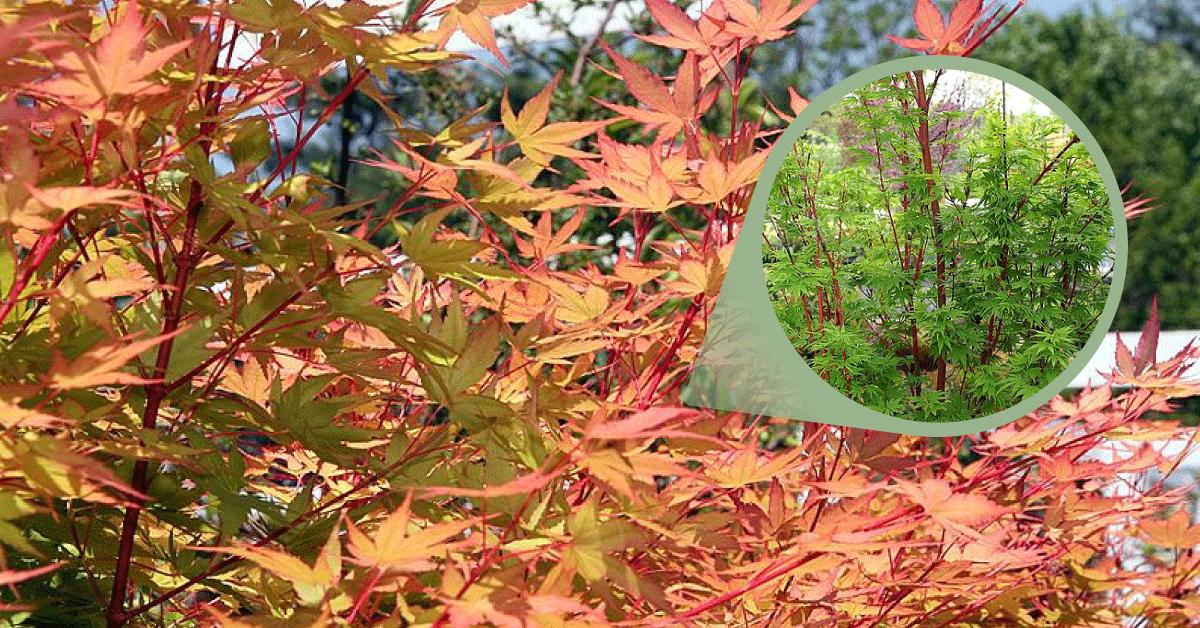
Coral Bark Japanese Maple (Acer palmatum “Sango Kaku”)
A twist on the beloved Japanese Maple, the ‘Sango Kaku’ variety captivates with its seasonal transformation. Lime-green leaves yield to golden tones and fall away to unveil a stunning red bark, providing a dramatic backdrop throughout the colder months.
Ready to elevate your landscape with these autumnal beauties? Reach out to our design team at Madrone Landscape at [email protected] or call us at (805) 466-6263 for a consultation. Transform your space into a seasonal spectacle.
